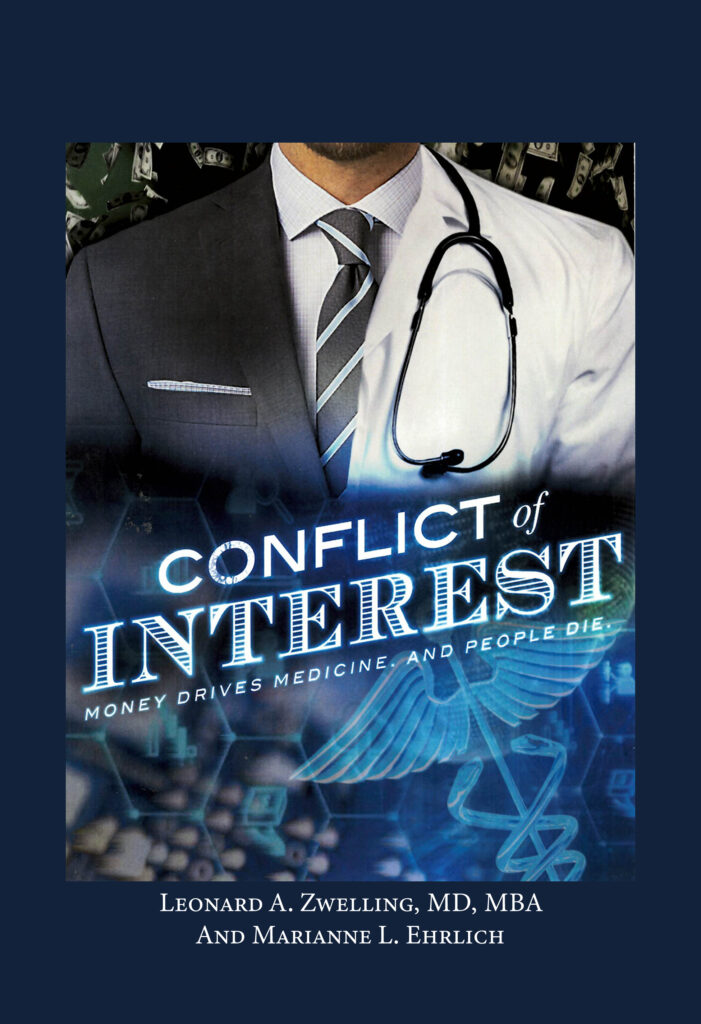Silos
By
Leonard Zwelling
Sometimes
I think I should have gone to A and M for agricultural training rather than to
U of H for business school. I always seem to wind up in organizations full of
silos.
http://m.entrepreneur.com/article/231532
A
blog reader forwarded this piece to me that he stated characterized MD Anderson,
but I think the culture described is more common than we in corporate America like
to admit. This article describes a culture of power acquisition by individuals
within a corporation based on the accumulation of the trappings of power
(space, slots and money) rather than on true value contributed to the mission
of the organization. In the article this “silo-ization” is called “empire
building” and it is described as being driven by ego, narcissism and
insecurity. I think that about sums it up.
But
the most telling sentence in the article was this quote from the Drucker
Institute’s Rick Wartzman: “Empires rise within companies because the
organization is not clear on what its objectives are, or you have people who
are not fit for leadership.” Let’s break this down.
First,
about clarity of the organization’s purpose: it is really hard to imagine a
place with a clearer purpose than MD Anderson. Whether you quote the mission
statement about eradicating cancer or Making Cancer History, it is very clear
what MD Anderson is for. What is unclear is how. What’s the strategy to
accomplish this goal?
For
many years the primary strategy at Anderson had at its heart clinical care and all
aspects of advancing the care of the patient with cancer. In three significant
steps in 1983, 1996, and 2011 a far greater emphasis has been placed on
laboratory-based research as a means of accomplishing the goal of ending
cancer. The only problem with that strategy is that the majority of the revenue
is generated today pretty much the same way it always has been, patient care.
As more and more resources are diverted from supporting the clinical and
clinical research efforts to basic science efforts, the character of the place
naturally changes.
Where once
those who strode through the operating rooms and clinics were the power brokers
based on their ability to care for patients well and inspire others to do the
same, now the basic scientist has risen to the top of the charts of power with
only a radiation oncologist representing what used to be the most critical
activity at Anderson at the table of power.
This
is not to take anything away from the laboratory scientists. I used to be one.
But no one came to MD Anderson to see me unless they were invited to speak and I
ponied up the plane fare. The masses flocked to Anderson to see the clinicians.
Every now and again, we need to remind ourselves of that fact, although why a
peek at the parking mayhem in the front of the Clark Clinic Building is not
enough, I don’t know. I believe you can
see the hot and cold running valets from the top of the Pickens Building.
So
how to survive at Anderson in an environment in which the major rewarded
activity is not the same as the one generating the resources? Answer: build a
wall around your fiefdom and grow it any way you can without consideration for
the larger kingdom in which your fiefdom is located. While this does lead to a
number of very powerful internal leaders, some of whom are actually major
players in oncology as a whole, it also creates an environment that is not
nurturing of future talent and forgiving of the inevitable errors that are
learning opportunities for everyone. Thus, defensiveness and fear rule. In such
an environment, people are not doing their best work and the organization is not
realizing its full potential.
So
while the mission statement talks about ending cancer the behavior of the
leadership spawns an environment of self-centeredness and questionable ethics
that is incompatible with the academic ideal or the oath that we as physicians
took at medical school graduation. The objectives are clear, but the path to
those objectives is not. Or worse. The belief in the clear but tempestuous
path advocated by the leadership is not shared by most of the faculty.
Second,
as for the fitness for leadership, I think the facts as identified in this blog
for over a year speak for themselves. To this I would add an additional factor.
As the silos have been constructed, usually run from the top with little
concern about the greater good within or certainly outside of the silo, many of
the leaders running those silos are indeed unfit. However, I would argue the
followership has been unfit as well.
One
of the responsibilities of being a good follower is holding the leadership
accountable for a clearly articulated vision, a plan to accomplish it, the
acknowledgement that the path to the vision will be a difficult one but that
the rewards in the end will be worth the work and distributed fairly. Is that
the place in which you work? Have you been a good follower? If not, how about
stepping up and becoming a leader?
After
all, we really don’t want to live in silos.
Those who do are often born in barns—and die there.




